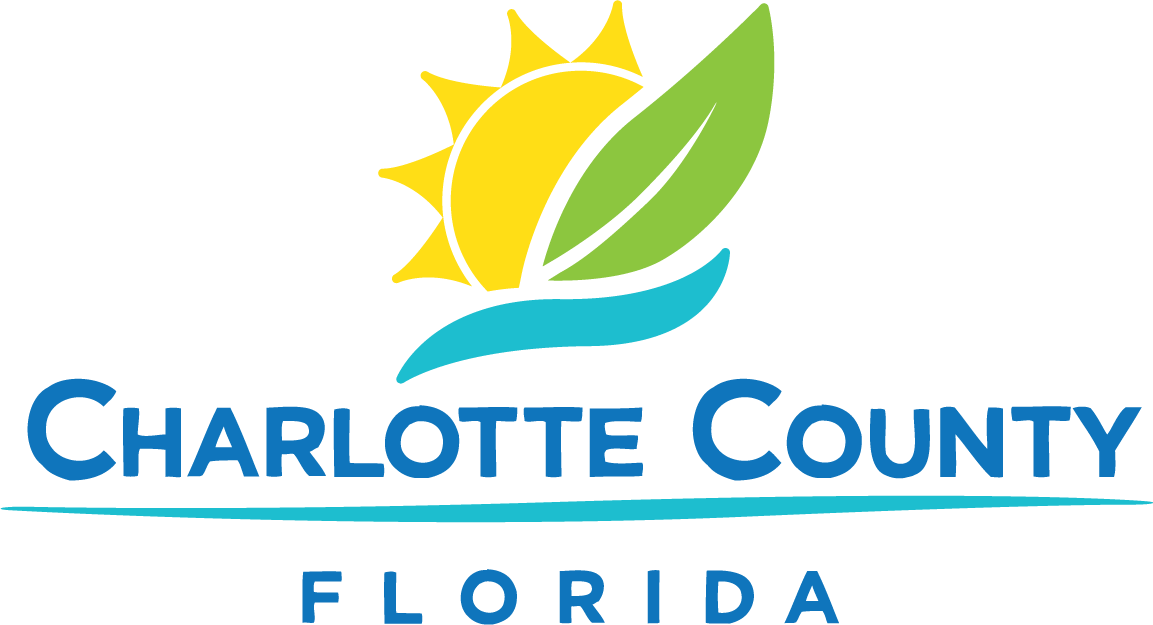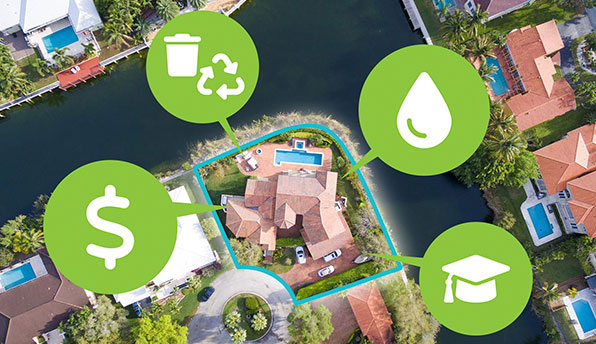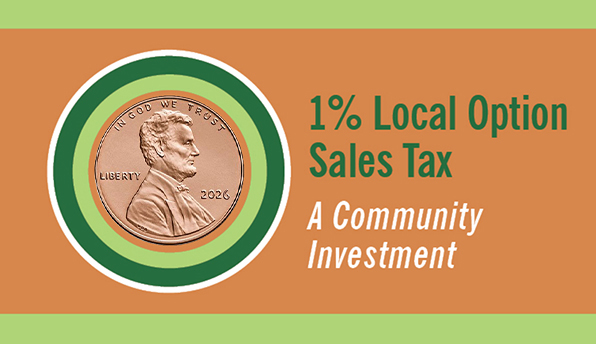Florida has uniquely productive water bodies due to its warm climate, increased amounts of nitrogen from fertilizer runoff, and naturally occurring phosphate deposits found in the soil. Nitrogen and phosphate are usually limiting nutrients for plant growth, but they are abundant in Florida’s water bodies causing aquatic plants to grow rapidly. This rapid growth leads to the occurrence of noxious weeds. Noxious weeds are native or invasive plants that have been designated by government officials as injurious to public health, agriculture, recreation, wildlife, or property. Aquatic weed control works to contain or destroy these weeds and limit their spread.
Aquatic weed control is important for several reasons. An overgrowth of vegetation can interfere with some aquatic animal populations, and it can also negatively affect water flow through our urban waterways. Many of our urban waterways or canals convey water away from residential areas during high precipitation events. If the canals are not clear, flooding and damage can be done to roadways and residential homes. It is important to keep invasive and noxious weeds at bay so that Florida’s native vegetation is not overcome – ultimately leading to their disappearance and ecological imbalance. Controlling aquatic weeds can also contribute to mosquito control, as some mosquito species use aquatic plants for breeding. Mosquitoes that breed on aquatic plants can lead to issues at any time of the year, as they do not rely on rain events for increasing their population.
Common Aquatic Plants
Native Aquatic Plants
There are several beneficial native aquatic plants found in Charlotte County. Very rarely do they need to be controlled unless they begin taking over a waterway. The University of Florida, Institute of Food and Agricultural Sciences (IFAS) is a great resource for more information on native plants of Florida.

Arrowhead
(Sagittaria latifolia)
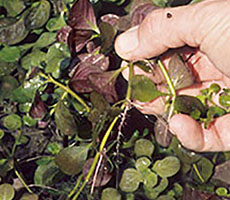
Red Ludwigia
(Ludwigia repens)
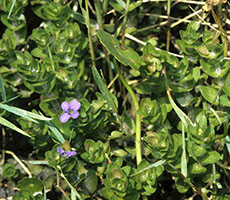
Lemon Bacopa
(Bacopa caroliniana)
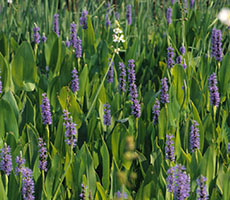
Pickerel weed
(Pontedaria cordata)
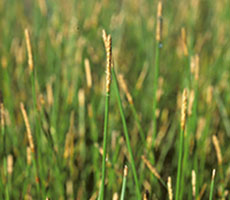
Spikerush
(Elocharis spp.)
Invasive or Noxious Plants
Several invasive aquatic plants are in Charlotte County and can quickly overtake a water body if not properly controlled. All have been imported, some from the aquarium trade and others as introduced ornamentals. The University of Florida, Institute of Food and Agricultural Sciences (IFAS) has more information on Florida’s most invasive aquatic plant species and how to control them.
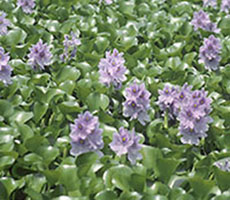
Water hyacinth
(Eichhornia crassipes)
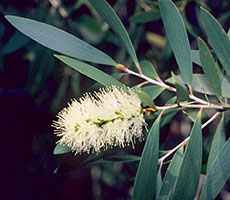
Melaleuca
(Melaleuca quinquenervia)
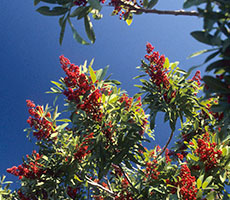
Brazilian Pepper Tree
(Schinus terebinthifolia)
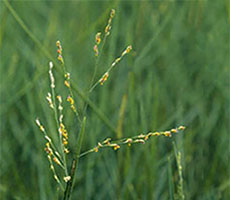
Torpedograss
(Panicum repens)
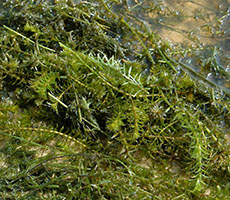
Hydrilla
(Hydrilla verticillata)
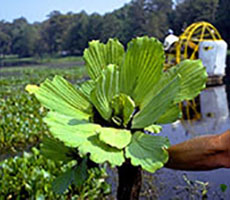
Water Lettuce
(Pistia stratiotes)
